Today we are going to tackle a very basic, cut-branch centerpiece. Early spring is the time of year to start thinking about forcing flowering trees into bloom to bring a little spring to your winter doldrums. Forcing blooms is quite simple. Cut the branches, place them in some room temperature water and wait.
You will be rewarded. The hardest part of this little task is making sure you have the right tree or bush! Anything that breaks into flower in early spring is worth the gamble. Typical plants forced in late winter garden includes forsythia, star magnolia, redbuds, cherry and apple branches. The plant pictured below? It is a special one...
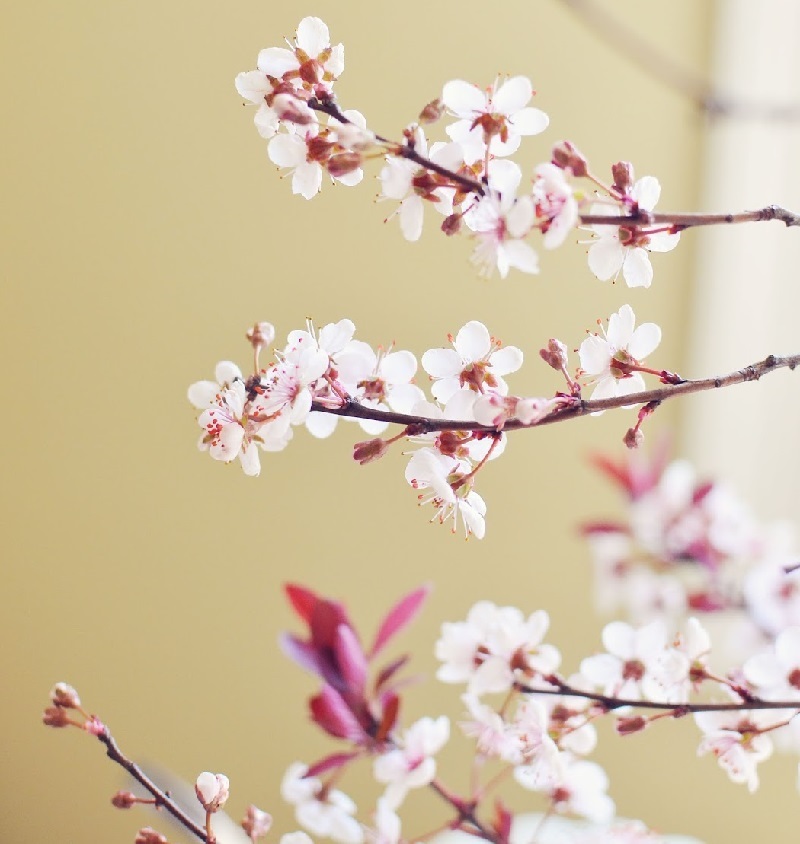
This plant is fairly nondescript during the summer and fall, save for it's easy-to-blend reddish-maroon leaves. In spring however, this tree/bush breaks forth into the most spectacular, understated white blooms. That is not the real show though. The real show only happens when you start walking around your front yard, sniffing furiously to find what is making that incredible smell.
You hasten over to large flowers in bloom, thinking surely it must be some bright red or yellow something or other. You stand under the weeping cherry, breathing deeply, but it is not the cherry. It is something more. Then, you slam the car door a little too hard and accidentally hit that branch of sand cherry and boom. The scent is overwhelming (in the most wonderful of ways) and you now know exactly what plant to thank for that delightful smell. The sand cherry.
How to arrange cut branches?
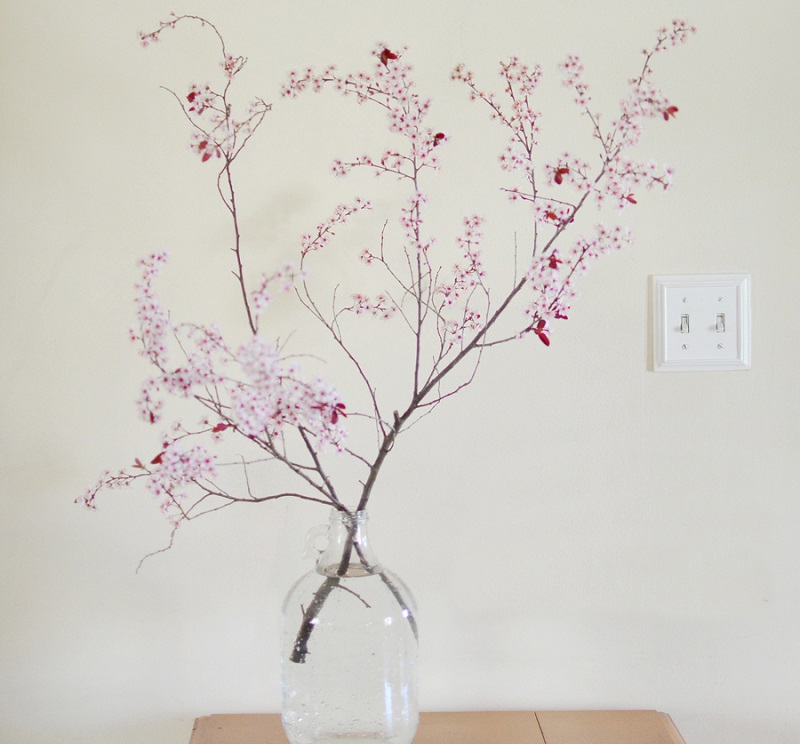
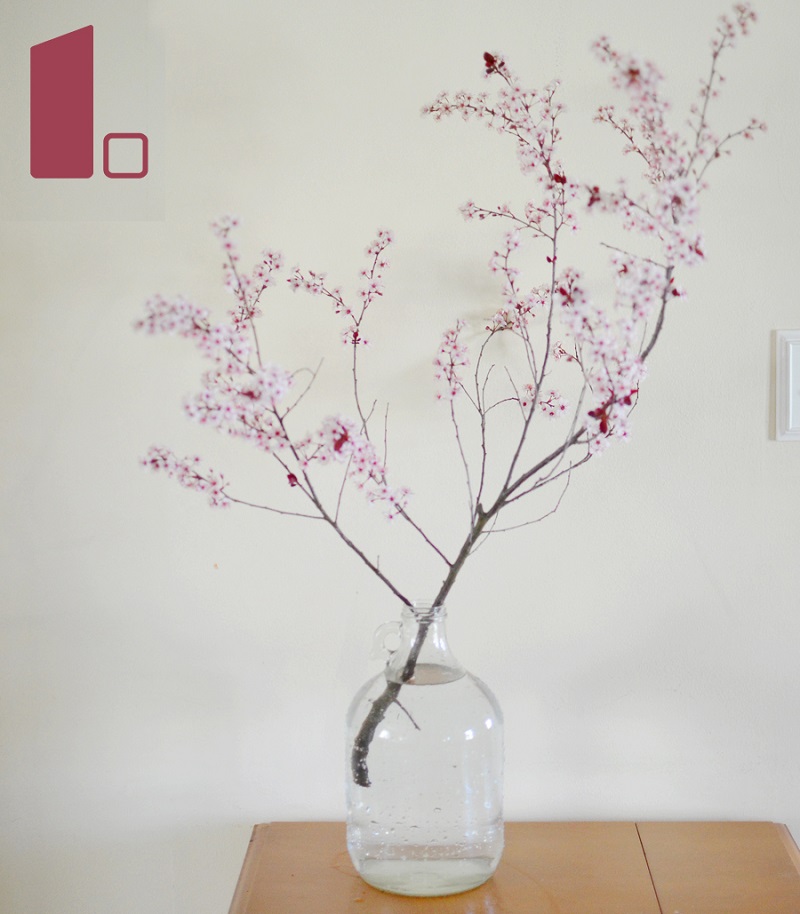
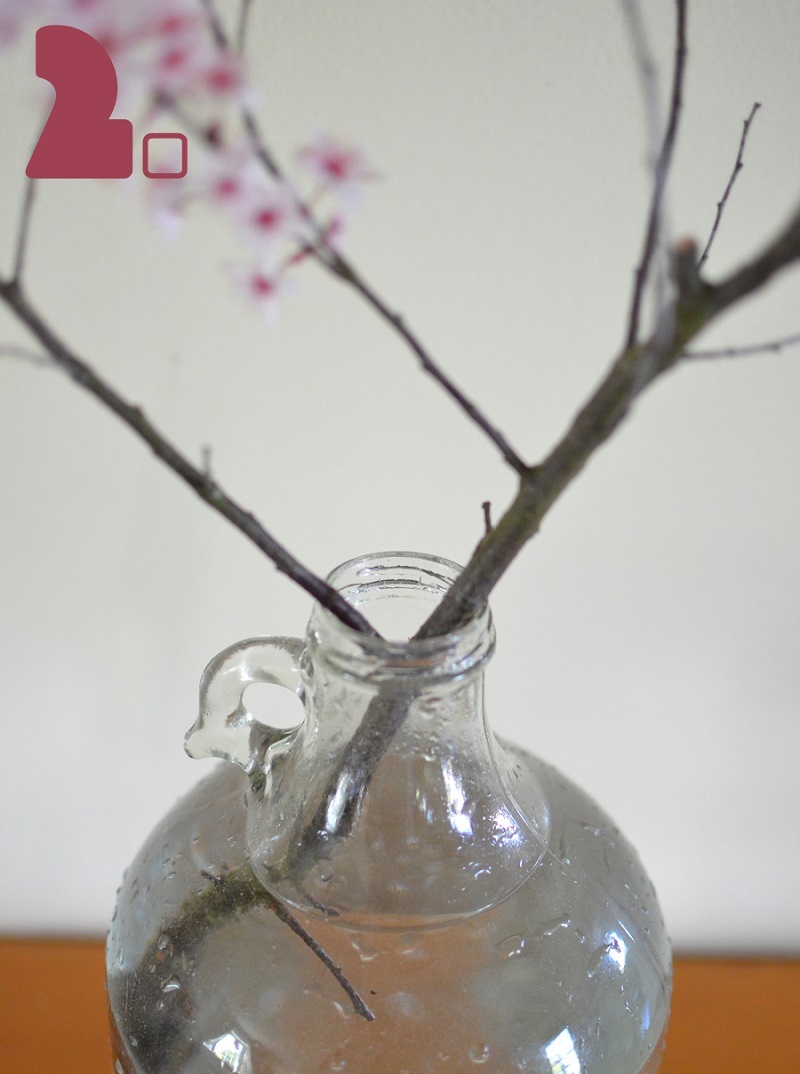
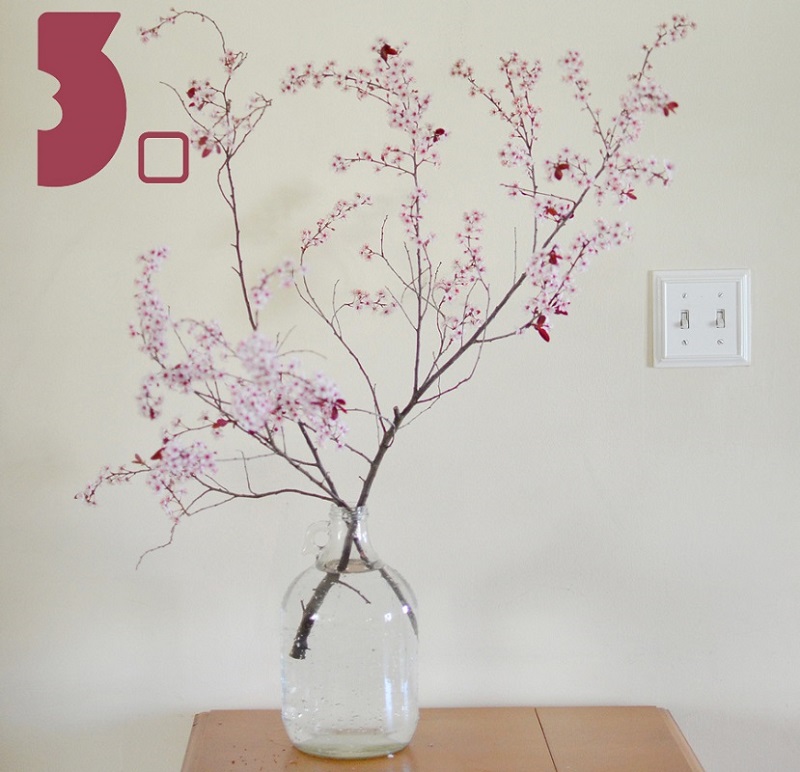
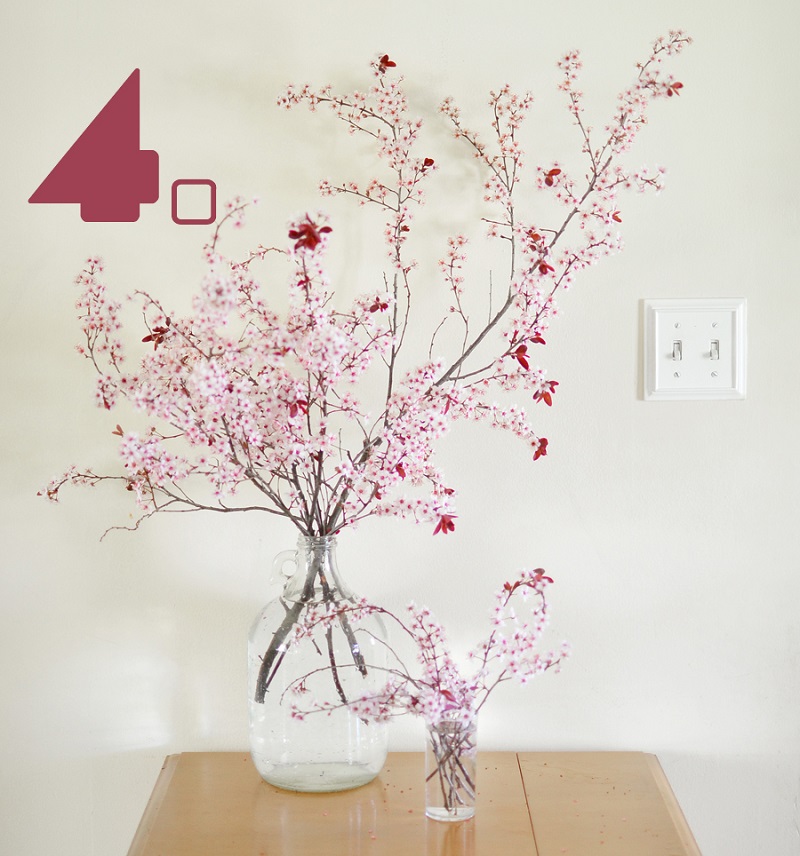
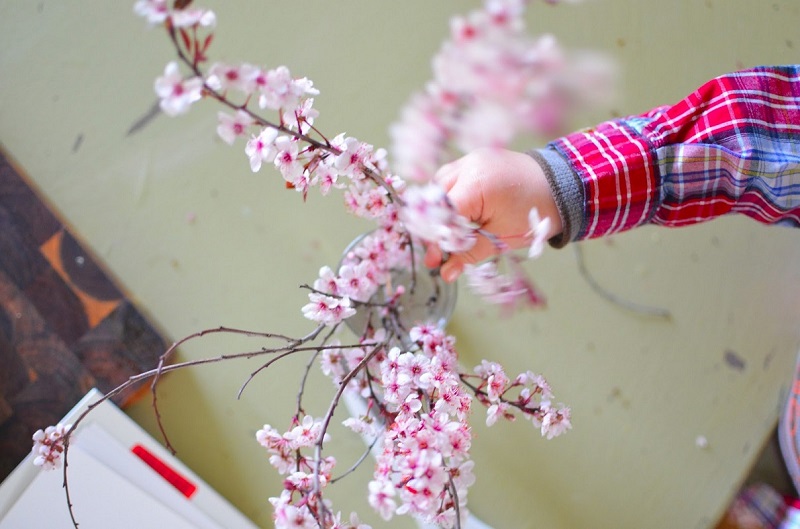
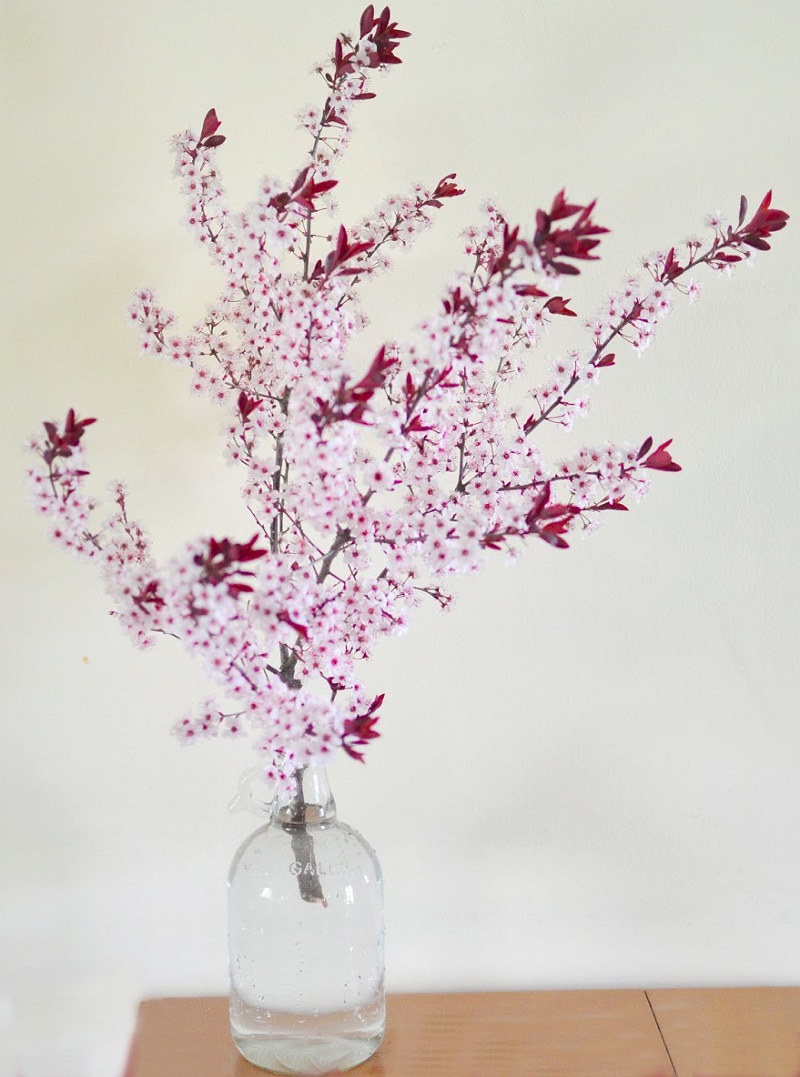
 |
Author Chris Link - Published 1-31-2022 |
